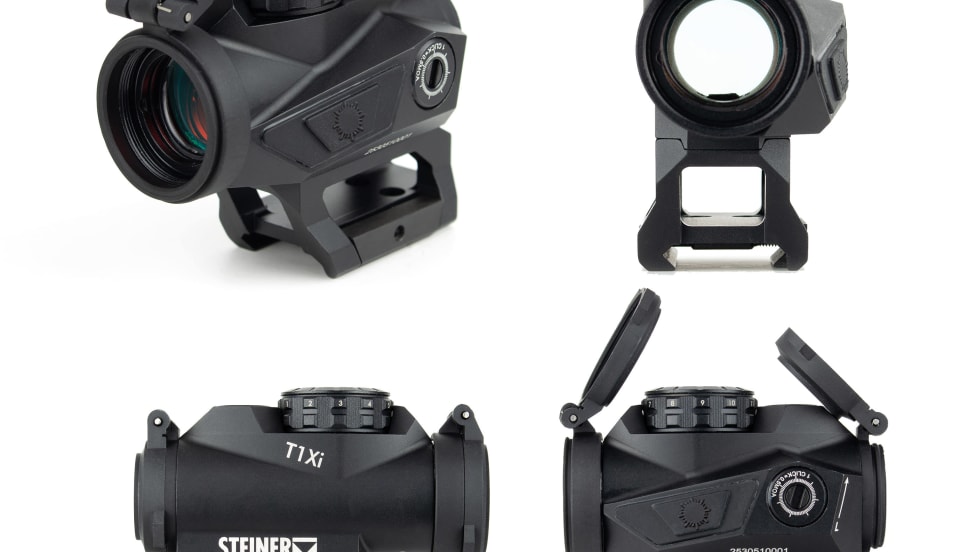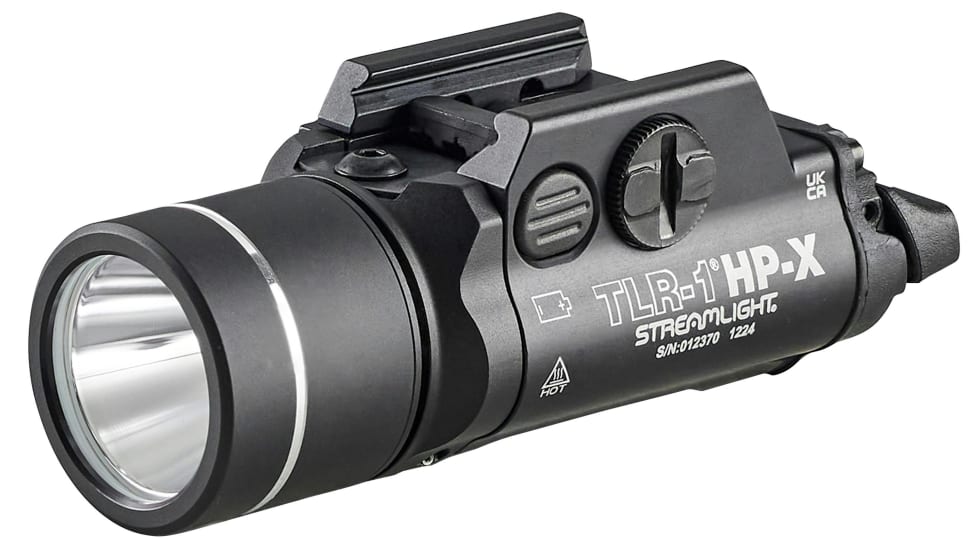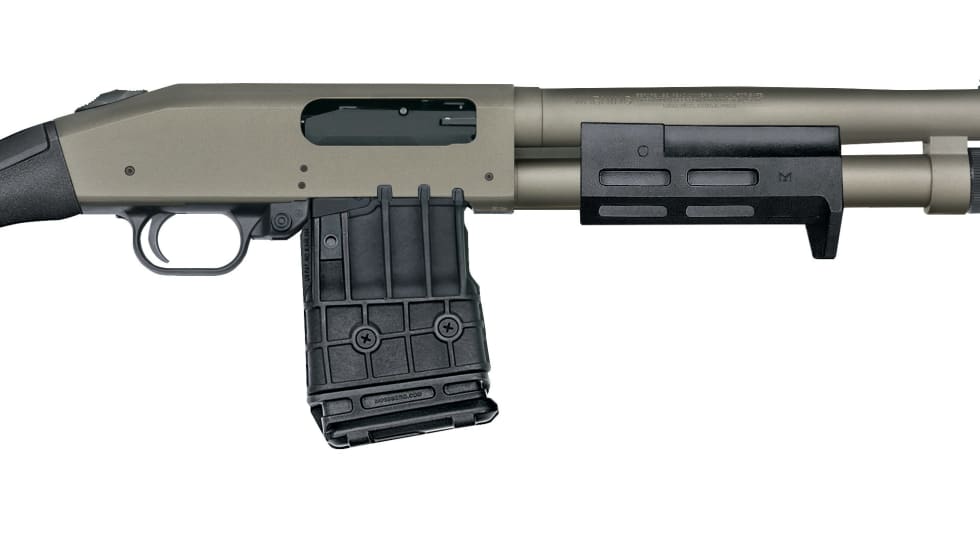There are two major differences between the G21 Gen 4, and the standard G21. The Gen 4s use a captive dual recoil spring that reduces felt recoil. Gen 4 Glocks are also equipped with interchangeable back straps for improved ergonomics. None of these features was incorporated into the previous generations of Glock pistols.
After field testing a G17 Gen 4, a G22 Gen 4, a G19 Gen 4, and a G26 Gen 4, I was determined to evaluate the Gen 4 version of the G21, as the G21 has always been one of my favorite Glock pistols. Before we get into the actual results of this field test we need to spend some time discussing the features that make the Gen 4 Glock pistols an improved design.
The Gen 4 Glock’s Modular Back Strap design offers five grip options. One of these options, the smallest back strap, is actually part of the frame, which means a Gen 4 Glock can be operated right out of the box without making any modifications to the pistol. The other four options include a medium back strap, a large back strap, a medium back strap with an extended beaver tail, and a large back strap with a beaver tail.
To install a different back strap on a Gen 4 Glock, you simply remove the polymer pin from the top of the grip portion of the frame then place the back strap of your choosing over the grip and secure it with the longer of the two polymer pins that are provided with each pistol. A small punch is provided with each Gen 4 Glock to facilitate the removal and the insertion of grip pins.
It’s important to note that whether you operate your Gen 4 Glock with or without the use of an interchangeable back strap, you need to insert the appropriate polymer pin in the grip to secure and stabilize the trigger mechanism. I also recommend that G21 Gen 4 shooters test the pistol on the range to find the grip that’s right for them.










